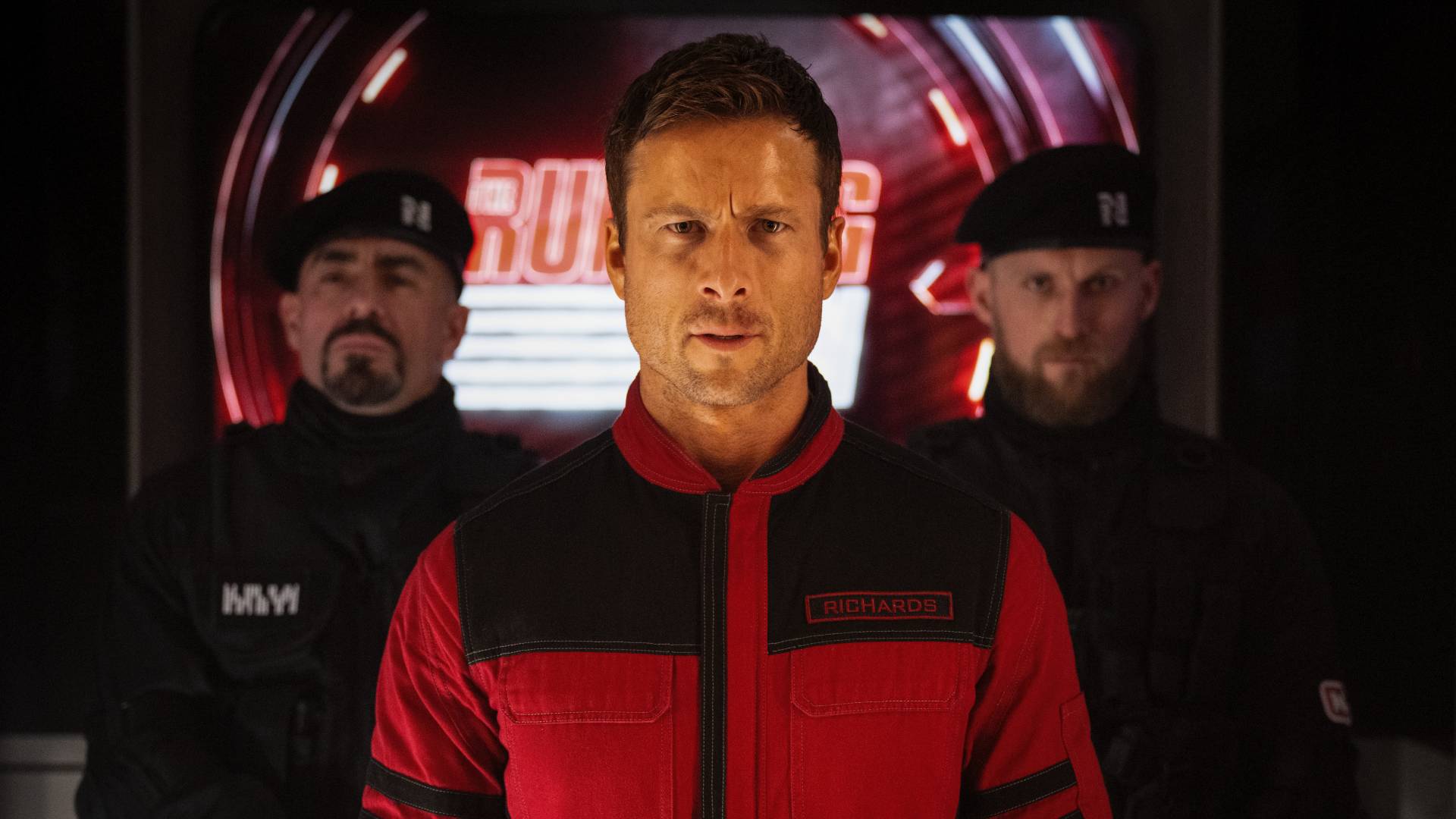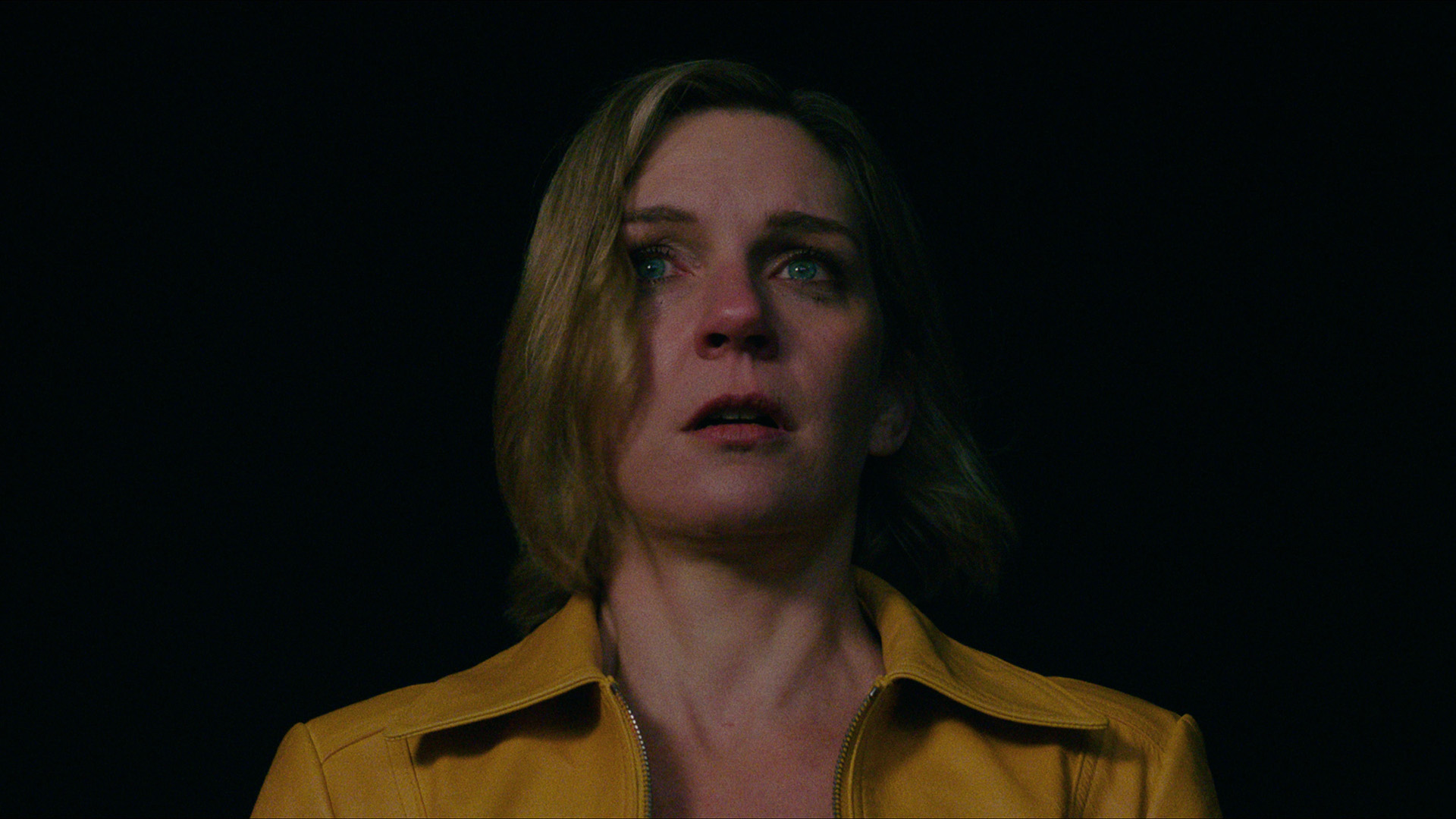Ghost of Yotei finds peace in violence and is unquestionably PS5's most relaxing revenge story
Now Playing | Sucker Punch's second blood-soaked adventure knows where its strengths lie and how to stand out from the open-world crowd.
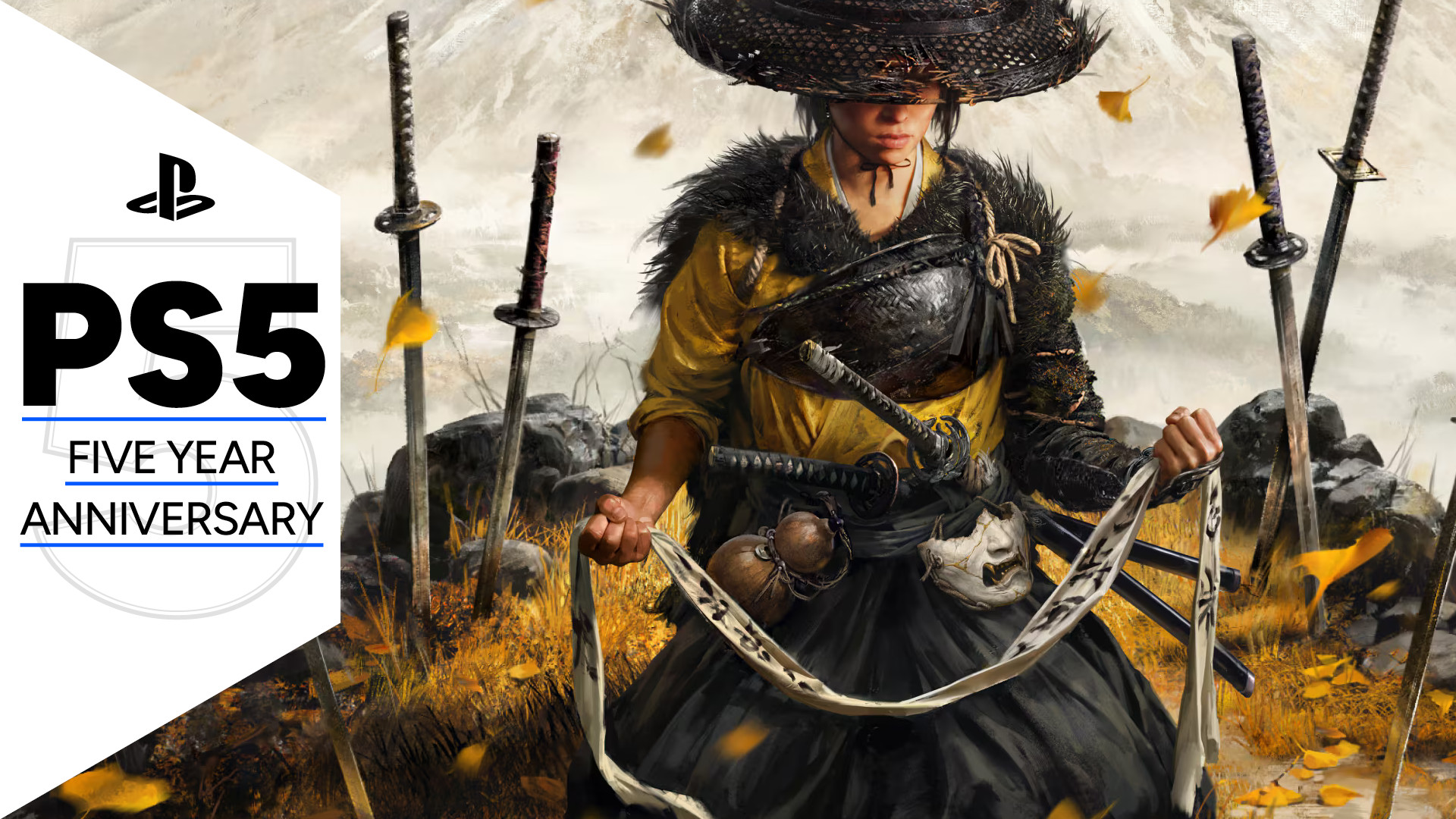
After a linear and gritty prologue, Ghost of Yotei mirrors Breath of the Wild with a sweeping release into its open world, much like Ghost of Tsushima already did with its rousing title intro back in 2020. But it's what comes after the ride into Ezo that gives the PS5-exclusive sequel a voice of its own. Under the shadow of Mount Yotei, Atsu's vengeful journey finds the freedom to be more than another prestige PlayStation blockbuster.
Perhaps the most shocking thing about Yotei – an iterative follow-up, as detailed in our Ghost of Yotei review – is that it never tries to be more complex or bigger than Tsushima, unlike Marvel's Spider-Man 2. This is neither good nor bad. It's a different approach to Sony's blockbuster behemoths. We repeatedly fall into the same discussions of PlayStation's first-party output feeling same-y, but it actually has more to do with the publisher limiting itself to a handful of genres than with its studios lacking style or expertise.
In fact, it's raw style and confidence that allow Yotei to make up for its half-baked bits and often disjointed narrative. It's got a rhythm of its own that drops the more usual structure of Tsushima and creates pockets of peace and quiet between the melodramatic scenes and gory swordfights.
Fluid brushstrokes


God of War: Ragnarok shows us the value of a slower pace and not playing by the rules – no PS5 game feels as definitively epic. We're celebrating 5 years of PS5 by looking at the console's best moments as well as what's in store for the future.
Ghost of Tsushima was one of those open-world games with a grave sense of urgency. The Mongols were this omnipresent and overbearing force slowly consuming the land Jin Sakai called home. This semi-justified the Assassin's Creed-like map and all the secondary content heavy in checklists and points of interest to burn through. If we had to compare, Atsu's tale of revenge in Yotei feels relaxed... to the point where it raises a number of questions the writing frequently has a hard time answering.
Knock-on effects aside, this is what the sequel needed to move closer to the more natural and free-flowing brand of adventure that Nintendo's last two mainline Zelda games cracked, as its creative directors pointed out. It's easy to see how Breath of the Wild and its follow-up also borrowed more than a few tricks from Bethesda's Skyrim playbook – which is all about true freedom and immersion – and that's the strand of DNA which separates Sucker Punch's Japan-set efforts from other open-world giants.
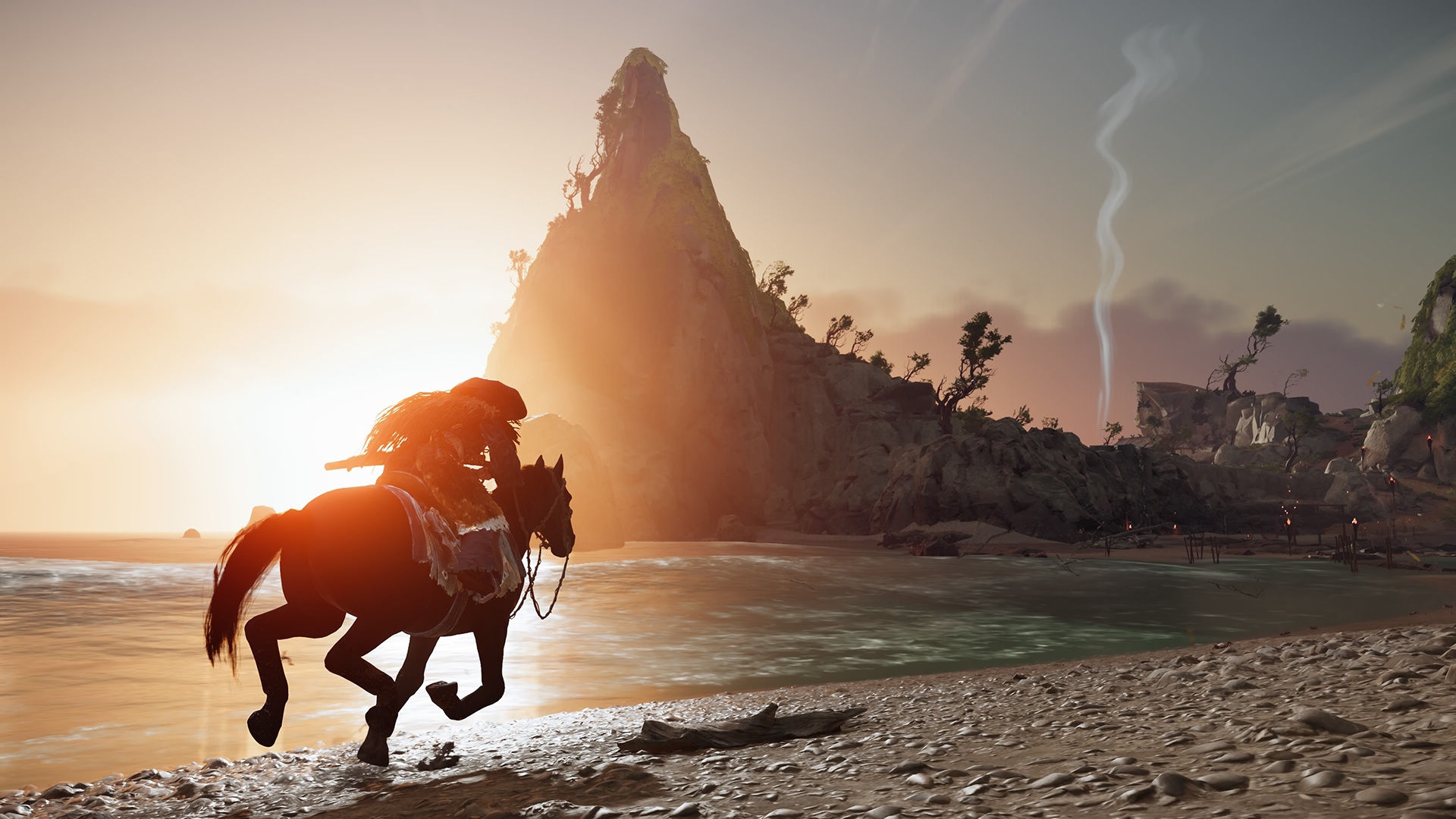
Though Ghost of Yotei is as stabby and samurai-heavy as this year's Assassin's Creed Shadows, it exists and thrives in an entirely different space. Its hand-holding (with animals asking to be followed instead of icons) can be too much at times, sure, but it's the rare sort of modern open world in which stuff unfolds in front of you. There's a rarely discussed artistry to making video game worlds – especially those of the sandbox kind – feel truly alive. They don't need to be alive, but it's satisfying to see the illusion work as intended.
When you open up the map or use Atsu's spyglass, the sensation is that you're walking into regions that have experienced hardships for a good while. Riding around Ezo's vast plains reveals ongoing scuffles, refugees trying to flee the pointless bloodshed, and identity crises among the warriors of Ezo. In the middle of all this chaos, the displaced Ainu offer trinkets and moments of respite that are unpredictable but welcome. The lack of urgency (the villain is gathering troops and passively hunting down the Onryō) is what helps sell the expensive, minimally reactive diorama as more than that. It makes sense the conflict is at a standstill when Atsu returns and begins to create trouble.
Weekly digests, tales from the communities you love, and more
Imperfect killer

When Sony and Alamo Drafthouse curated a film series with classics like The Tale of Zatoichi, 13 Assassins, and Lady Snowblood to promote Ghost of Yotei earlier this year, no one batted an eye. After all, Tsushima owed most of its governing aesthetic and core narrative to all the Kurosawa-directed classics you can think of. Yotei takes things a bit further, and I'm not just talking about the transformative modes which pay homage to Watanabe, Miike, and (again) Kurosawa.
Atsu's journey is one of classical, movie-like revenge and, quite literally, burned innocence turned into pure anger. The ensuing violent dance is messy, raw, and every bit as cathartic as Tsushima's lawful killing spree. That first game, however, posed the question of what was the right approach to dispensing Japan's justice against evildoers, whereas Yotei puts a wolf cub who's grown with her own set of rules at the center. It's freeing, both narratively and from a gameplay standpoint, and the sort of riff on classic Westerns and samurai masterpieces that other creative teams have often overcomplicated.
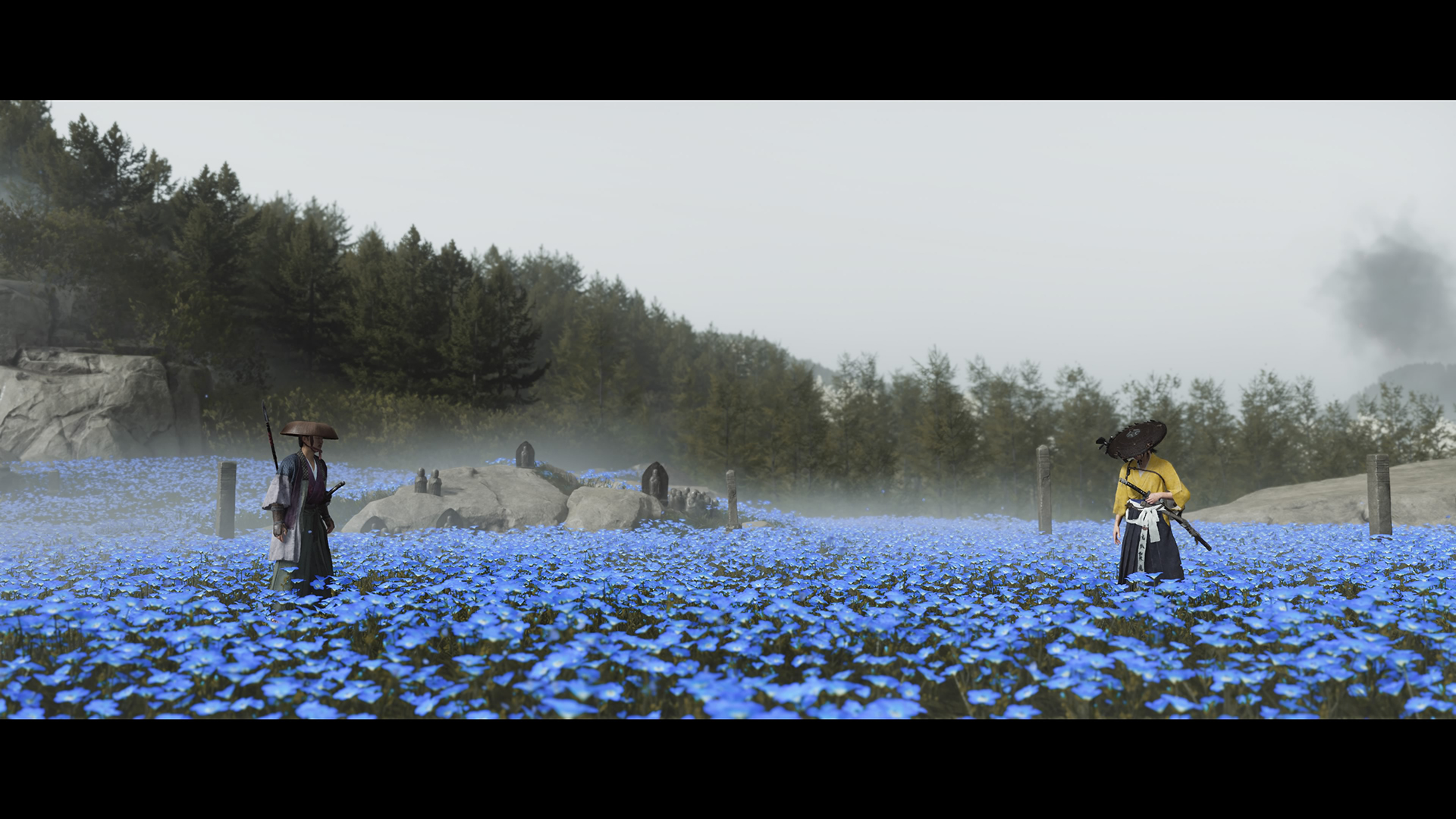
Atsu's transformation into an Onryō doesn't land all its strikes, but I'd say Yotei's strengths lie elsewhere. It's plenty convincing as a formal exercise that knows how to blend the relaxing sounds of Ezo's pure wilderness with the corruption, noise, and brutality which slowly engulfs the region. Both the Yotei Six and the Matsumae Clan are fighting for the soul of Ezo, yet Atsu is allowed space to express herself which Jin never had even as he became a ninja-like assassin out of need and to escape the Way of the Warrior. This feeds into the combat and different weapon types that can be mastered, a marked improvement over Tsushima's four sword stances. She's grown to become a sloppy mercenary, and for an open-world game and the havoc commonly associated with them, that's a sensible choice.
As I venture into the latter parts of the game, I'm yet to be fully convinced or disappointed by the text in conversation with the (extremely) video game-y structure, but Sucker Punch finds a way to make art out of dirty violence once again and without dulling the protagonist's edge. The trick seems to be in treating the setting as a static character whose personality is hugely dissimilar from what's actually happening. That's an enchanting contrast few studios are able to pull off.
Check out our best PS5 games ranking for what to play next!

Fran Ruiz is that big Star Wars and Jurassic Park guy. His hunger for movies and TV series is only matched by his love for video games. He got a BA of English Studies, focusing on English Literature, from the University of Malaga, in Spain, as well as a Master's Degree in English Studies, Multilingual and Intercultural Communication. On top of writing features, news, and other longform articles for Future's sites since 2021, he is a frequent collaborator of VG247 and other gaming sites. He also served as an associate editor at Star Wars News Net and its sister site, Movie News Net.
You must confirm your public display name before commenting
Please logout and then login again, you will then be prompted to enter your display name.

